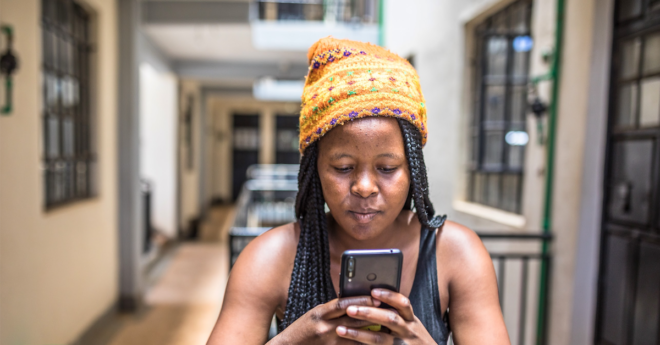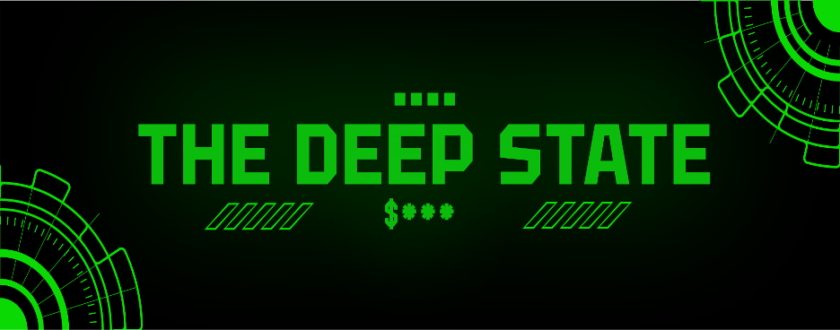“How does your solution touch the base of the pyramid?” asked Nomcebo Sherron Hadebe from the Ministry of Finance in Eswatini (formerly Swaziland).
“I’m talking about those communities where a cell phone is charged only once a while, in a rural community where electrification is still very low. I think our target audience is not just those who have cell phones and use them daily,” she said.
Given 770 million people around the world still live without access to electricity, it was a tough but poignant question from the judging panel at this year’s finals for the AFI Inclusive FinTech Showcase, hosted by the Alliance for Financial Inclusion (AFI).
Leah Callon-Butler, a CoinDesk columnist, is the director of Emfarsis, a consulting firm focused on the role of technology in advancing economic development in Asia.
The question was directed to Anca Bogdan Rusu of cLabs, the startup that launched the Celo blockchain, an open-source platform making financial tools accessible to anyone with a mobile phone. In response, Anca explained that the solution – a mobile-first application called Toca, allowing people to work on micro tasks, such as training artificial intelligence (AI), and get paid in the stablecoin cUSD – had been adapted and tested on low-end smartphones as cheap as $15.
Smartphone apps like Celo’s are undoubtedly unlocking life-changing, income-earning opportunities for marginalized communities, with the market for AI training micro tasks projected to be worth $24 billion by 2023. I’ve seen the potential for it here in the Philippines, where I’m based, too, with crypto-fueled gaming apps giving jobless Filipinos a way to make up to $400 a month while stuck at home during the COVID-19 lockdown.
See also: Leah Callon-Butler – The NFT Game That Makes Cents for Filipinos During COVID
But Anca was frank about reaching the poorest of the poor. “This solution isn’t optimized for those conditions,” she said. “Our focus has been on moving from ‘you need a laptop or a computer to be able to access this type of work’ to ‘you only need access to a low-end smartphone.’ It’s very low data, very low electricity needed, but that need is still there.”
So Ms. Hadebe was right to point out Celo’s solution would be out of reach for those at the very bottom of the pyramid, that is, the poorest and largest segment of the global population. The enabling effects of technology are only as good as their accessibility, and as the digital economy takes over, there are serious concerns for those who find themselves stranded on the wrong side of the digital divide. This discrepancy is top of mind for AFI’s members, who represent central banks and regulators from more than 80 emerging and developing countries.
M-Pesa is the darling of this space. The Kenyan mobile money solution has lifted hundreds of thousands of people out of poverty, and it is wheeled out at every opportunity as the example of how fintech can deliver a better future. M-Pesa has been adopted far and wide across Africa, partly because it doesn’t need internet and can be used on a feature phone that only gets charged every few days. For people in poor countries, this is a big drawing card over products that require a smartphone, data (another cost barrier for many) and a daily recharge.
We should be spending more time with people like Ms. Hadebe, who can remind us who it isn’t serving yet.
The purpose of AFI’s showcase is to uncover the next M-Pesas of the world. As a judge of the competition, I was required to assess applicants on how well they satisfied one or more of AFI’s nine themes for financial inclusion. I also had to consider how they were empowering women, tackling climate change and, in 2020, contributing to the COVID-19 crisis response. I was to look out for showcase hopefuls that were evidently ready to scale and, crucially, those that promised to enhance the regulator-innovator dialogue that AFI was working to establish.
This year, the challenge attracted more than 60 entries, from pre-seed startups to finserv behemoths such as Mastercard. The solutions that made it to the finals were as diverse as they were uniquely targeted, including (but not limited to) a digital ecosystem connecting Micro, Small & Medium Enterprises (MSMEs) to affordable working capital; an edtech platform partnering with financial institutions and leveraging data analytics to improve financial literacy; and a pension scheme helping workers in the informal sector save for their retirement.
Each one of AFI’s vetted finalists leveraged technologies that required a power source of some sort, and the majority were smartphone enabled, which made me think that Ms. Hadebe’s question may have been a bit unfair within the context of a fintech pitching competition.
Robin Newnham, AFI’s Head of Policy Analysis, reiterated the point about smartphones being less accessible than feature phones. But he was optimistic. “The spread of $15 smartphones is happening at a tremendous pace, to the point where the cost of the handset probably isn’t going to be a significant barrier in the near future,” he said, adding that the improved distribution of solar power across Sub-Saharan Africa would help with cost and reliability of electricity in rural areas.
Even so, perhaps the most impressive takeaway from this experience was Anca’s willingness to welcome Ms. Hadebe’s scrutiny, especially because Celo was the first and only blockchain-based project to make it through to the showcase finals, now in their second year.
In the echo chamber, we blockchain fans rarely have to work as hard to explain our position and purpose. It’s much, much harder to step outside and speak on our wares to those who aren’t on the bandwagon, who probably don’t understand (or care much about) the technology for the sake of itself and have a completely different set of problems and priorities on their plate.
If we truly believe blockchain can solve some of the world’s wickedest problems, we should be spending more time with people like Ms. Hadebe, who can remind us who it isn’t serving yet.
See also: Leah Callon-Butler – What DeFi Can Learn From ‘InFi’




